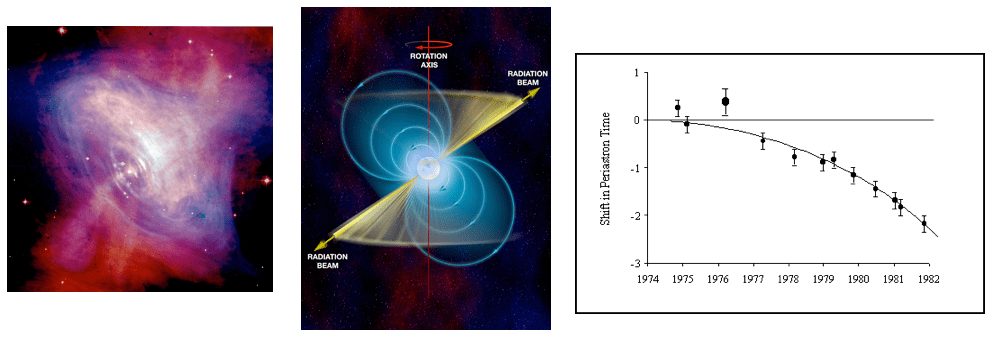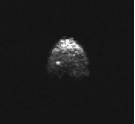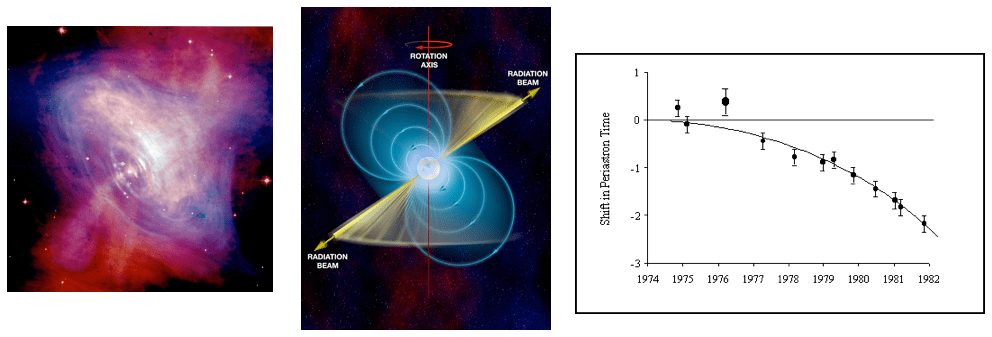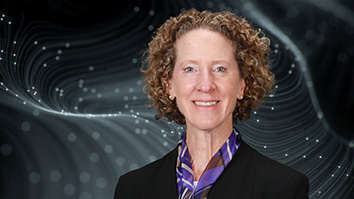This year, a variety of festivities are planned in celebration of Arecibo Observatory’s 50th anniversary. Located in Puerto Rico, the William E. Gordon telescope at the site is the world’s largest, most sensitive single-dish radio telescope. Over the years, findings from Arecibo have contributed to better understanding of the earth’s atmosphere, the moon, asteroids, other planets, exotic stars, our galaxy, and the large-scale galactic structure of the universe.
A Future Just As Vibrant As Its Storied Past
Since October 2011, Arecibo Observatory has been managed, operated, and maintained for the National Science Foundation by SRI International, in cooperation with the Universities Space Research Association (USRA), and the Universidad Metropolitana (UMET) in San Juan, Puerto Rico. Researchers from SRI’s Center for Geospace Studies and USRA conduct research in atmospheric science and astronomy, while UMET oversees the Observatory’s educational component.
Arecibo’s prominent legacy includes the first radar-ranging of an earth orbit crossing asteroid, early maps of several solar system objects, a Nobel Prize for confirming Einstein’s general theory of relativity through the timing of binary pulsar orbital decay, and the first detection of planets orbiting another star—among dozens of other breathtaking discoveries and findings.

Figure 1 (above) A combined optical and X-ray image of the Crab Nebula (left) and a schematic of a pulsar (center), which is a rotating neutron star radiating radio pulses of energy as it rotates. In 1968, scientists at the Arecibo Observatory showed that pulses from this nebula are caused by a 33 ms pulsar at its center. In 1974, Joseph Taylor and Russell Hulse discovered a binary pulsar system at Arecibo, and showed that the orbital decay of that system confirmed Einstein’s theory of general relativity (right). This work was recognized with a Nobel Prize in 1993.
Discoveries on the Cutting Edge of Science
Here are some other great moments in Arecibo’s recent history:
- In 2011, the NASA Messenger spacecraft confirmed the presence of water ice on the planet Mercury. The intuitively unlikely presence of water on the planet closest to the sun was first suggested by radar images of craters at Mercury’s pole from Arecibo, in 1991.
- In June, 2012, observations with the S-band planetary radar at Arecibo showed that near-Earth asteroid 2005 YU55 is actually 2 times larger (with 8 times the volume) than previously thought. This result underscores the unprecedented capability of the telescope to determine the orbits of potentially hazardous asteroids, and to image surface detail that can be useful for future landing missions.

Figure 2 (right) This raw image of asteroid 2005 YU55 from Arecibo has 7.5 m resolution, and shows a bright reflection from what may be a large boulder on the surface, just to the left of center.
- Astronomers using Arecibo recently identified the coldest radio emitting star yet detected, a brown dwarf that is not much warmer than the planet Jupiter. Researchers hope that radio signals from small stellar and planetary magnetospheres may lead them to new planets in other planetary systems.
- Last year, a team of U.S., Russian, and European scientists collaborated on a project joining Arecibo, other ground-based telescopes, and a satellite-borne telescope to form a radio telescope interferometer roughly 20 times larger than Earth. The successful project produced unprecedented celestial detail targeted on a rotating neutron star 900 light years from Earth.
- At the start of this year, scientists used the Arecibo telescope to discover a massive outburst from a spiral galaxy in the constellation Pisces, located 44 million light-years from Earth. The outburst from an evolving black hole within the galaxy was 10 times brighter than the largest supernova.
- Scientists using Arecibo are also revealing unprecedented structural details in our own galaxy. The Arecibo telescope participated in the detection of hundreds of new massive star formation regions, including the most distant ever detected in our galaxy. This research is producing new insight into the structure and formation of the Milky Way.
In the future, Arecibo Observatory will serve as a sentinel against potential global impact catastrophe and pave the way for the development of raw material resources in space. The powerful radar on the telescope provides precise information about the orbit of potentially hazardous asteroids, and can map the surface and structure of near-Earth objects.
Arecibo Observatory also continues to be a leading data source for the new effort to forecast space weather, and protect essential space-based navigation and communication resources, power grids, and polar aviation.
Partners with the Puerto Rico Community
Beyond its important research contributions to astronomy, space weather, and scientific instrumentation, the Observatory will continue to play an important role within Puerto Rico. New programs are being developed to support science, technology, math, and engineering (STEM) education goals for K-12 students, provide research training for university students in Puerto Rico, and a new Ph.D. granting program in partnership with the University of Granada, in Spain.
It’s very rewarding to work with students from universities in Puerto Rico who conduct field research at the Observatory. We’ve recently had one group of students design an improved dashboard for controlling and monitoring a helium compressor, and another group designed a hydraulic lift to raise new dipole antennas for Observatory’s ionosopheric modification research.
Whether you’re a long-time staffer or a first-time visitor to Arecibo, it’s hard not to marvel at the fantastic discoveries that the Observatory has made possible. I am proud to work with dedicated staff at a location that will continue to marvel people with discoveries for generations to come.
Photo Credits
- Figure 1, left: http://hubblesite.org/newscenter/archive/releases/2002/24/image/a
- Figure 1, center: Joseph A. Burns, Cornell University,
- Figure 1, right: “Measurements of General Relativistic Effects in the Binary Pulsar PSR1913+16” Taylor, J.H., Fowler, L.A. and Weisberg, J.M. 1979, Nature 277, 437; “Gravitational Waves from an Orbiting Pulsar”, Weisberg, J.M., Taylor, J.H. and Fowler, L.A., 1981, Scientific American Oct, 74.
The Arecibo Observatory is sponsored by the National Science Foundation. Any opinions, findings and conclusions or recommendations expressed in this publication are those of the author(s) and do not necessarily reflect the views of the National Science Foundation.



